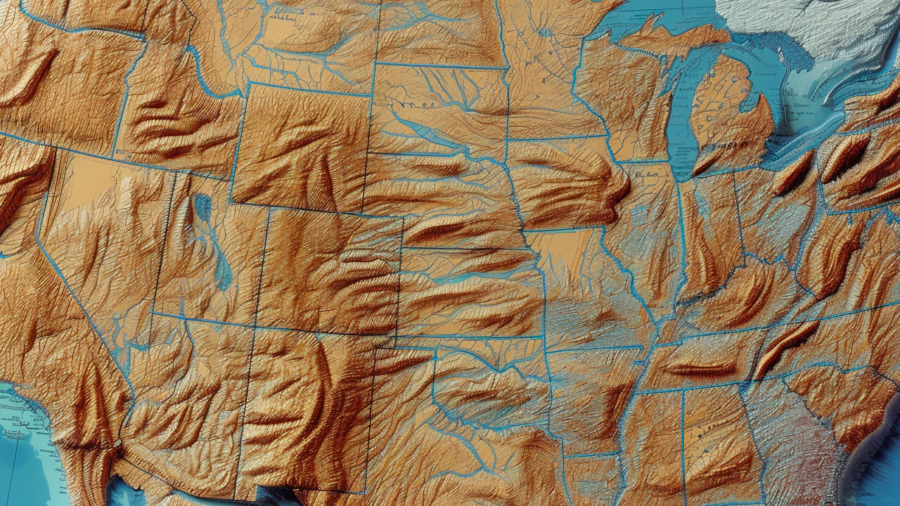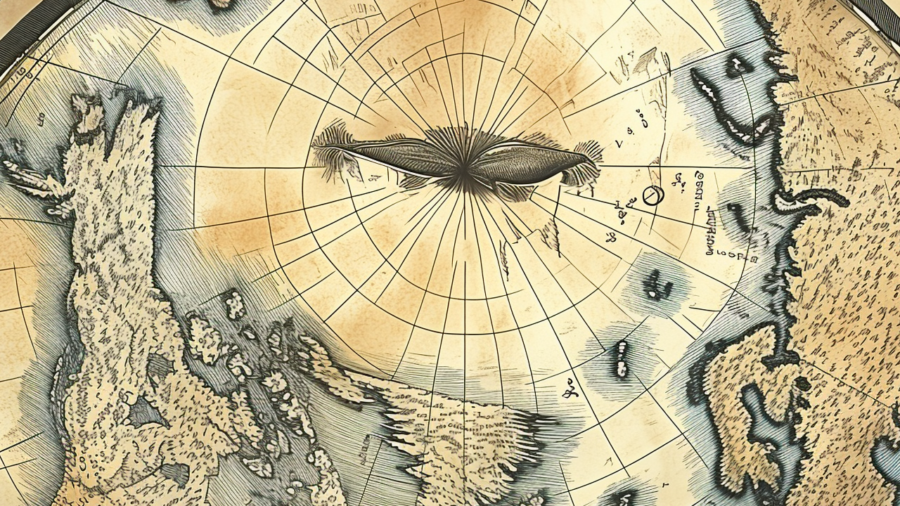United States Grows By 1 Million Square Kilometers

For years, investors and financial planners have advised purchasing land as one of the best and safest strategies for growing wealth, due to the old adage that “god’s not making any more of it.” That may prove to be untrue, however, as the United States recently announced plans to expand its territory by over a million square kilometers. The expansion comes in the form of ocean-floor territory which the US has claimed as a means to mine resources and grow its global presence.
This newfound ownership of land is not unprecedented, though it serves as new territory for the United States, as the nation hasn’t formally expanded its land since the ratification of Hawaii as a state in 1959. Dozens of other countries across the world have begun extending their ownership of seabed space, mostly dividing the regions along continental fault lines hundreds of miles away from their landmass coasts. The US State Department agreed to finally throw its own hat in the ring as of December of 2023, when the country began dividing up seabeds in the Arctic, Atlantic, Pacific, Bering Sea, and many other underwater fields.
The land accumulates to more than 386,000 square miles of undeveloped ocean floor, accounting for more than double the landmass of California. The land serves as part of the United States’ Extended Continental Shelf, which resides over 230 miles from the nearest coast of the massive nation. The move comes as part of a collaboration between the State Department and the National Oceanic and Atmospheric Administration, which seeks to gather geological data and resources from the newly acquired regions.

Though the United States has laid claim to the land, experts are unsure of how the legality of the move will be examined on the international stage. As part of their ownership, the US will be made to submit data defining the newly acquired region to the United Nations Convention on Law of the Sea, though the US has not technically ratified the organization’s existence. The UNCLOS is currently recognized by the European Union and a litany of other sovereign nations, despite the fact that the United States refuses to sign on due to a complex series of legal and political issues at the core of the group’s foundation.
The United States has previously condemned nations such as China and the Philippines for attempting the same kind of border expansion, though this has largely been due to the aforementioned countries trying to construct man-made islands to extend their maritime borders. Without the US formally ratifying UNCLOS, it stands to reason that the international community may hold a few objections to the expansion, though experts seem to agree that the United States is well within its rights to engage in this acquisition of continental shelf land.
For the United States, the most significant new region is the continental shelf land acquired in the Arctic Ocean, which allows the country newfound access to fishing, shipping, and mining opportunities. Of course, numerous studies will have to be done regarding the existing ecosystems in the region before any of these changes can take effect, as manmade interference could be devastating to local wildlife if it is not handled carefully.












